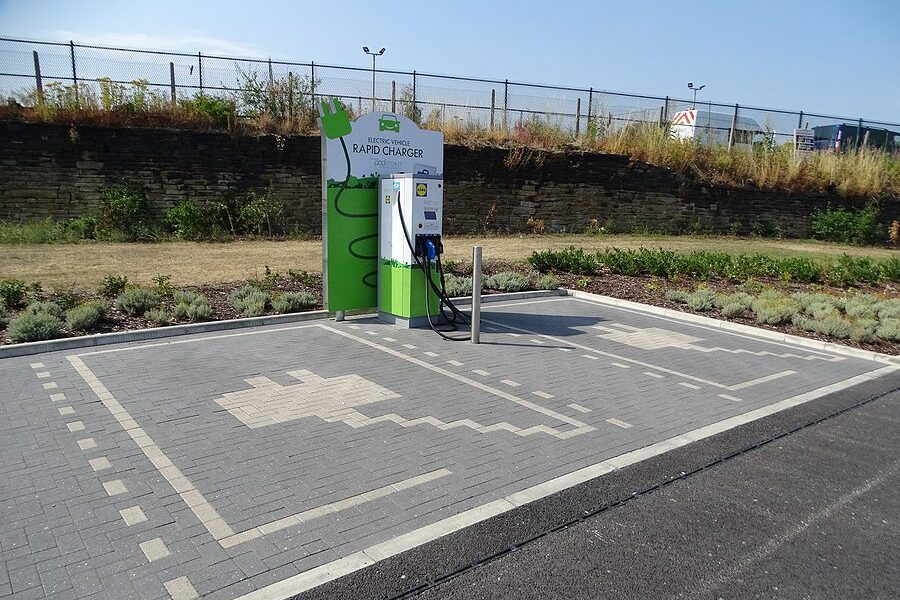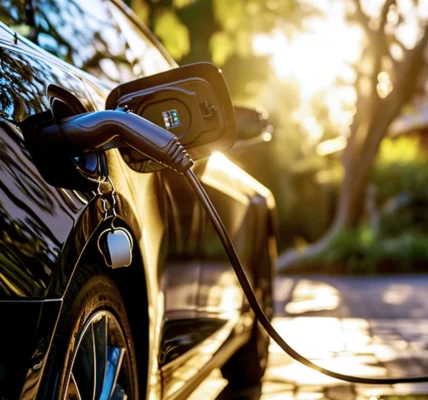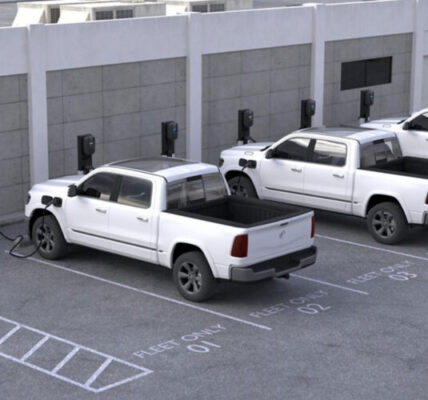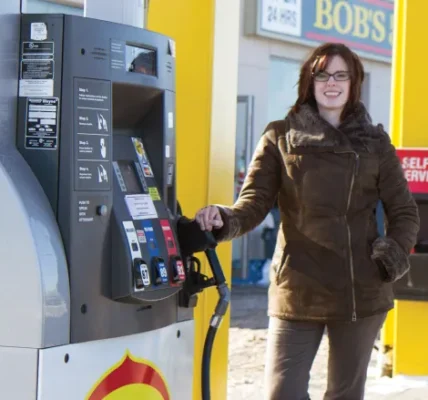U.S. Energy Secretary Jennifer Granholm will meet with the state’s all-Democrat federal delegation at NASA to explain “how Bidenomics is helping lower costs for American families.” Granholm will also tout the purported benefits of the Biden administration’s billions in green energy spending.
What they won’t talk about is their agency’s record on electric vehicle (EV) charging stations.
It was being considered a highlight of President Joe Biden’s first year in office. In 2021, Congress approved $7.5 billion for the National Electric Vehicle Infrastructure Initiative Program (NEVI) in hopes of building thousands of charging stations for electric vehicles.
Today, with more than $2 billion spent on grants, how many charging stations has the Biden administration built?
One. In Ohio. However the White House quickly reported that ground had also been broken on charging locations in Vermont, Pennsylvania and Maine.
In New Hampshire? Nada.
“If I had to use the word ‘bureaucracy,’ I think it covers everything,” Joe McCabe, CEO and president of automotive industry analysis firm AutoForecast Solutions, told Inside Sources. “Anything that needs to be funded by the government and has to do with the Department of Transportation or general government-supported building operations is a timely effort.”
While electric vehicle sales are increasing in the US, they still remain a small part of the overall vehicle market. Despite generous incentives, EV sales accounted for about 8 percent of all new vehicle sales last year. According to Granholm, there are about 11,000 EVs in the state, which is less than one percent of the total number of registered vehicles.
Environmental groups and some EV companies have long complained that the US has lagged behind in EV infrastructure. In the months before Congress approved NEVI, climate groups lobbied for more charging stations in hopes of achieving net-zero greenhouse gas emissions by 2050.
The Biden administration hoped the charging network would improve EV sales and usage. Biden bragged last year that charging stations would be “easy to find.” He also promised that drivers “will be able to travel across the country.”
US Department of Energy figures show there are more than 60,000 public charging station locations in the country with approximately 161,000 ports. There are only 228 locations and 537 ports in New Hampshire.
No construction has been funded with money from Biden’s Infrastructure Investment and Jobs Act, although the state is investing about $17 million over five years through the NEVI program. They are hoping to begin some operations by the end of 2025.
But at what cost?
According to HomeAdvisor, commercial use stations cost more than $70,000 for parts and installation. Some charging ports cost as much as $154,000, while a fast charging port can cost up to $489,000. Labor costs could be an additional $50,000.
And based on Pennsylvania’s example, these numbers may underestimate the costs.
The Pennsylvania Department of Transportation awarded approximately $34.84 million of its NEVI funding to 56 charging stations last year. This year, $22 million in grants will be awarded to companies for an additional 35 stations. Do the math, and that’s $624,175.82 per charging station.
Mark Scribner, senior transportation policy analyst at the Reason Foundation, told InsideSources that bureaucrats have inflated the cost of the NEVI program. Some of their strict requirements include mandating prevailing wage rules as well as the use of union electricians.
“All of this serves to drive the cost of a public charging station higher than comparable private charging stations,” Scribner said. “We won’t know how much more until the damage is done, but based on past experience, costs are likely to increase by at least 10 percent due to these federal labor requirements…”
The delays and rental costs are not surprising to the Associated Building and Contractors (ABC) trade association.
“This is an unfortunate but predictable consequence of the Biden administration’s approach to implementing this program,” said Ben Brubeck, ABC’s vice president of regulatory, labor and state affairs. “While ABC and other construction industry stakeholders urged DOT to welcome all qualified contractors to participate in the construction of this critical infrastructure, the agency decided to include union-friendly labor requirements that would be applicable to existing construction “Exacerbates labor shortages in the industry and possibly contributes to the stagnation of the NEVI formula program.”
Scribner said the grant’s problems progressed slowly and noted that NEVI’s requirements were particularly burdensome.
“States were first required to submit charging network plans for approval, which took a year after (the law) came into force,” he said. “Again, the final rule on standards and requirements was not published until February 2023. Given the complexity of the NEVI program, this timeline is not too surprising.”








